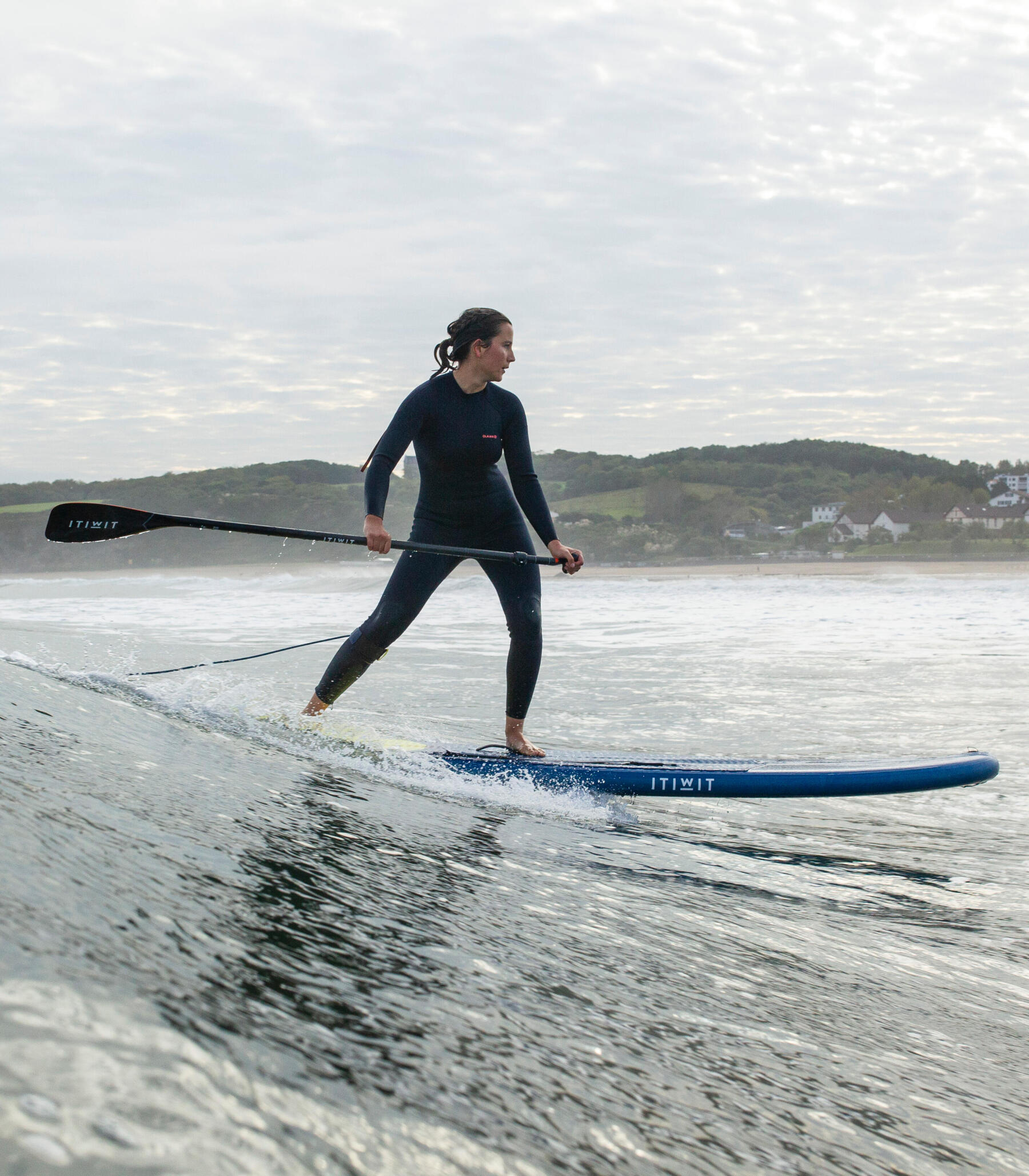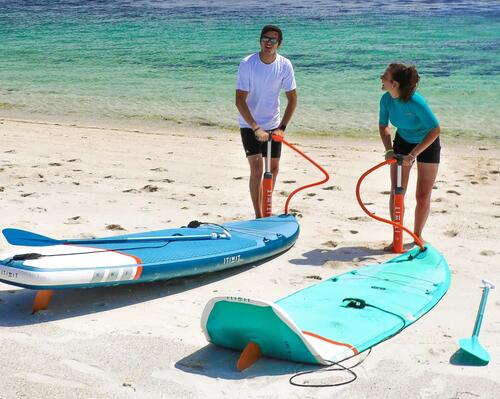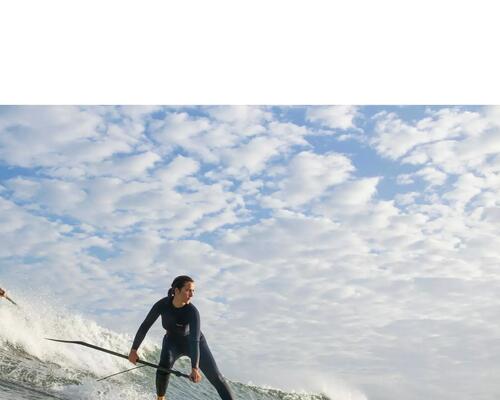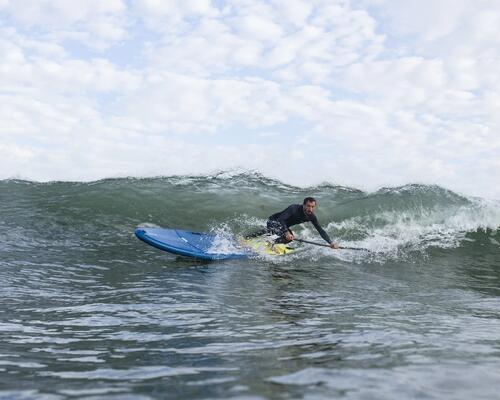#1 Choose the right spot
Surfing is a popular sport so expect the spot where you want to paddle in the waves to be very crowded. There is no need to sit right among the surfers and have to wait your turn to catch a wave, it is best to venture out a little further to an empty peak (point where the waves break). The waves might not be quite as clean but you will be able to catch them in peace.









